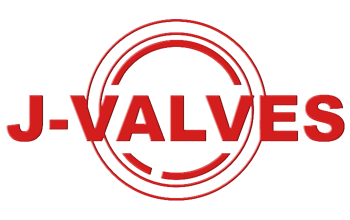
Corrosion-Resistant Design of Ball Valves: Material Selection Differences Between API And ASTM Standards

Understanding API and ASTM Standards
API 6D is a widely recognized standard for pipeline valves, particularly in the oil and gas industry. It specifies the design, testing, and performance requirements for ball valves used in pipeline systems. Key features of API 6D include:
• Design and Dimensions: Detailed requirements for valve design, including dimensions, materials, and manufacturing processes.
• Pressure and Temperature Ratings: Comprehensive guidelines for pressure and temperature ratings, ensuring the valve's suitability for specific operating conditions.
• Testing and Inspection: Rigorous testing and inspection procedures to verify the valve's performance and quality.
• Fire Safety: Requirements for fire safety, ensuring that the valve can withstand fire conditions without significant leakage.
ASTM A351 specifies the requirements for cast stainless steel and other corrosion-resistant materials used in the manufacturing of ball valves. Key features of ASTM A351 include:
• Material Specifications: Detailed specifications for various grades of stainless steel and other alloys, ensuring high corrosion resistance and mechanical strength.
• Mechanical Properties: Guidelines for tensile strength, yield strength, and elongation, ensuring the material's durability and reliability.
• Corrosion Resistance: Requirements for corrosion resistance, ensuring the material's suitability for corrosive environments.
Material Selection for Corrosion Resistance
• 304 Stainless Steel: Suitable for general corrosion resistance in mild environments, such as water and weak acids.
• 316 Stainless Steel: Offers superior corrosion resistance, particularly in environments containing chlorides, such as seawater and saltwater.
• 316L Stainless Steel: A low-carbon version of 316, suitable for high-temperature applications where welding is required.
• Inconel: High-performance alloy suitable for high-temperature and highly corrosive environments, such as sulfuric acid and nitric acid.
• Monel: Suitable for reducing environments, such as hydrofluoric acid and hydrochloric acid.
• ASTM A351 CF8: Equivalent to 304 stainless steel, offering good corrosion resistance in mild environments.
• ASTM A351 CF8M: Equivalent to 316 stainless steel, providing superior corrosion resistance in environments containing chlorides.
• ASTM A351 CF3: Low-carbon version of CF8, suitable for high-temperature applications requiring welding.
• API 6D: The valve body design under API 6D often includes features such as fire-safe designs and low-emission capabilities. The body is typically designed to withstand high pressures and temperatures, ensuring structural integrity.
• ASTM A351: The valve body under ASTM A351 is designed to meet specific material requirements, ensuring high corrosion resistance and mechanical strength. The body is robust and designed to handle mechanical stresses, ensuring long-term reliability.
• API 6D: The stem design under API 6D includes features such as anti-blowout protection and dynamic load springs. These features ensure the stem's reliability and prevent leakage.
• ASTM A351: The stem design under ASTM A351 is robust and designed to handle high pressures and temperatures. The stem is typically designed with anti-blowout protection to ensure safety.
• API 6D: The seat design under API 6D often includes soft seats made from materials like PTFE or metal seats for high-temperature applications. The seat design ensures tight sealing and long-term reliability.
• ASTM A351: The seat design under ASTM A351 includes similar materials and ensures tight sealing. The standard emphasizes the importance of seat durability and resistance to wear.













